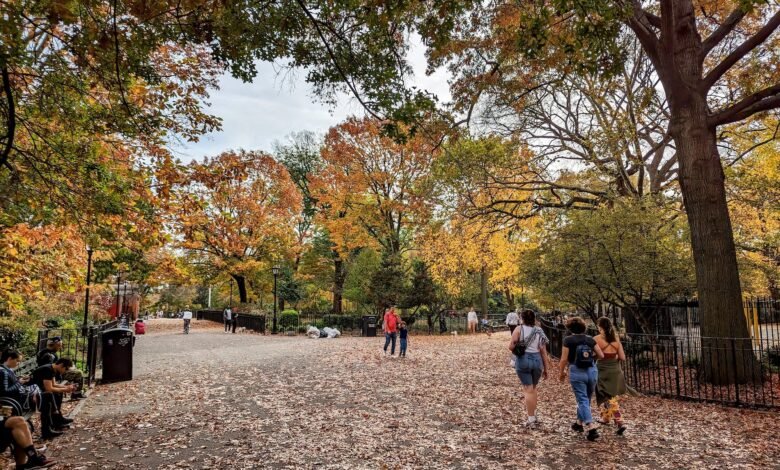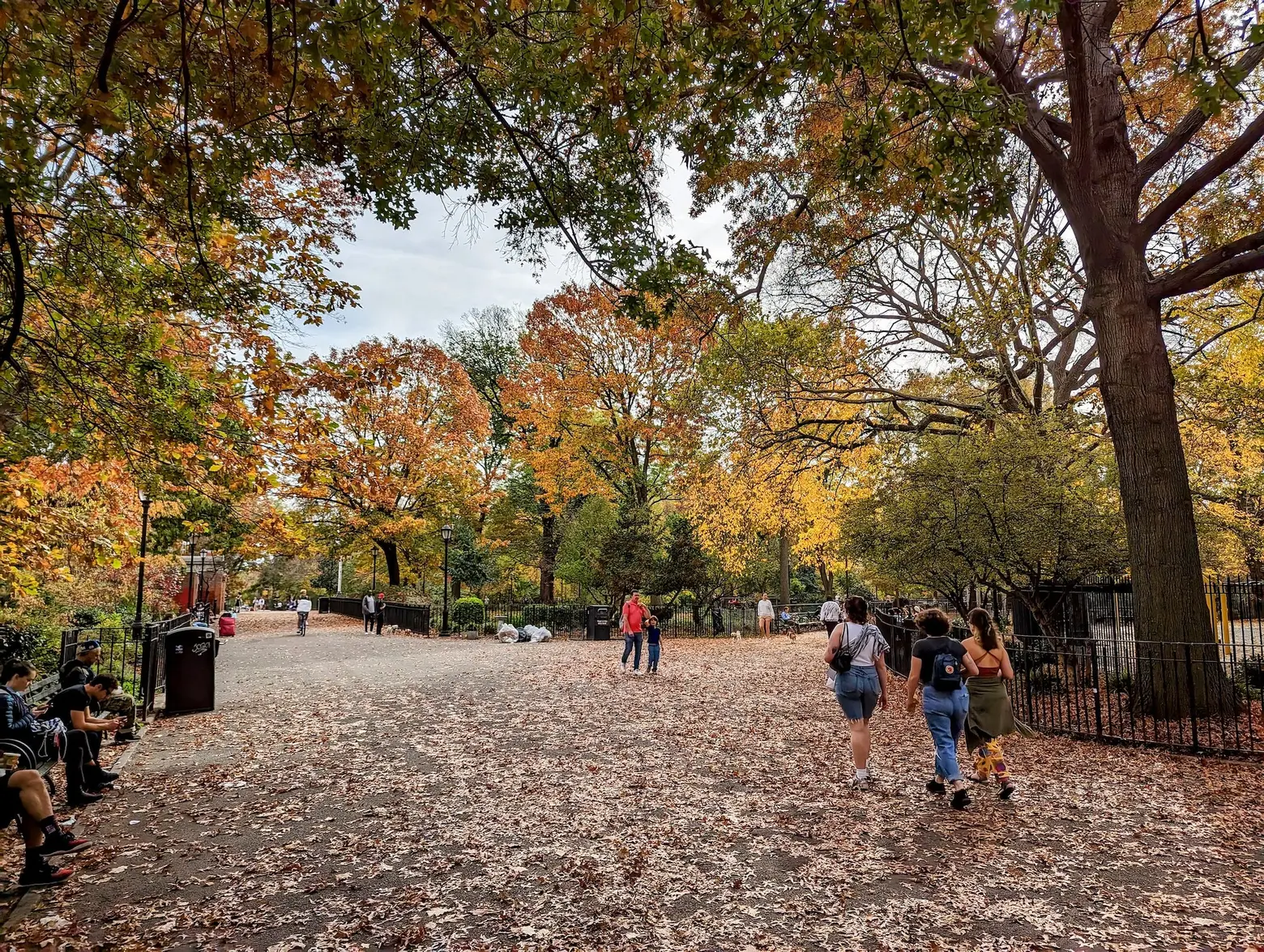NYC issues drought watch following second-longest dry spell on record


New York City has issued a drought watch amid its second-longest dry spell on record. Mayor Eric Adams and the city’s Department of Environmental (DEP) Commissioner Rohit T. Aggarwala on Sunday issued a citywide drought watch, instructing city agencies to update water conservation measures and prepare to implement them, while urging the public to conserve water as much as possible. The announcement follows a historically dry October, marked by the second-longest rainless streak in city records dating back to 1869.

A drought watch is the first of three escalating water declarations by the city. If conditions worsen, the city could issue a drought warning or even a drought emergency, each involving progressively stricter water conservation measures for city agencies and residents.
As part of the drought watch, New Yorkers are advised to conserve water by following a few simple tips, such as:
- Report open fire hydrants and street leaks to 311. An open hydrant can release more than 1,000 gallons per minute, wasting 1.4 million gallons of drinking water in a 24-hour cycle.
- Don’t flush the toilet unnecessarily. According to the EPA, toilets account for nearly 30 percent of an average home’s indoor water consumption. Each flush can use 1.6 gallons, with older models using as much as 6 gallons.
- Take shorter showers, and when taking a bath, fill the tub only halfway and save 10 to 15 gallons.
- Turn off the water while shaving, washing hands, or brushing your teeth. Faucets use two to three gallons per minute.
- Fix leaks. A leaky faucet that drips at the rate of one drip per second can waste more than 3,000 gallons per year, according to the U.S. Environmental Protection Agency.
- Run the dishwasher and washing machine only when full. Use short cycles if available. Turn off the water while washing dishes.
- Install water-saving fixtures, like low-flow toilets and showerheads and faucet aerators.
- Sweep driveways and sidewalks clean instead of using a hose.
Conserving water will help slow reservoir depletion and may delay or prevent a serious water shortage.
Maintaining high reservoir levels is crucial due to the ongoing $2 billion Delaware Aqueduct Repair Project, the DEP’s largest infrastructure initiative, which aims to fix a 35-million-gallon-per-day leak under the Hudson River.
The DEP has drawn more drinking water from the Croton Watershed, the city’s oldest upstate water supply. However, the watershed received only 0.81 inches of rain in October, well below the historical average of 3.81 inches.
Over the past several decades, the city’s average daily water demand has decreased roughly 35 percent. At its peak in 1979, the average water usage was 1.5 billion gallons per day.
Thanks to improved conservation strategies—including systemwide leak detection and repairs, replacing old meters with automated meter readers, and providing an online platform for customers to track and monitor water use— the city now uses just 1.1 billion gallons a day on average and under one billion gallons during the winter.
“New Yorkers come together in times of crisis, and right now, amidst the driest spell in recent memory, we need New Yorkers to do just that and conserve as much water as possible,” Adams said.
“We’re going to do our part as a city as well, which is why I’m ordering our city agencies to update their water conservation plans and prepare to implement them imminently. By starting to save water now, we’re doing everything we can to make sure that we can water our parks and fill our pools come summer, and to stave off a more serious drought emergency.”
The DEP oversees the nation’s largest municipal water supply system, delivering high-quality drinking water daily to nearly 10 million people, including 8.3 million New Yorkers. This water travels from a watershed over 125 miles away, which comprises 19 reservoirs and three controlled lakes.
RELATED:
Source link




